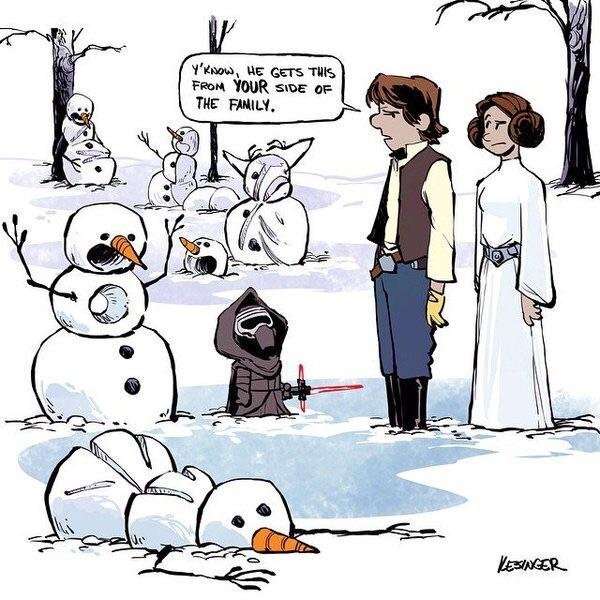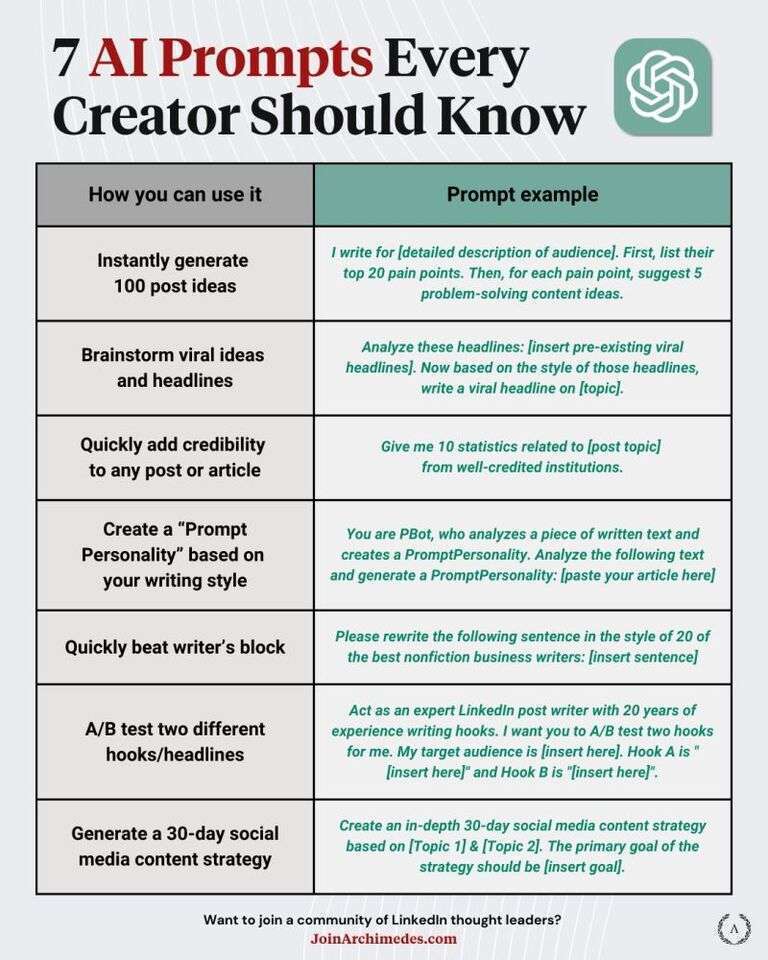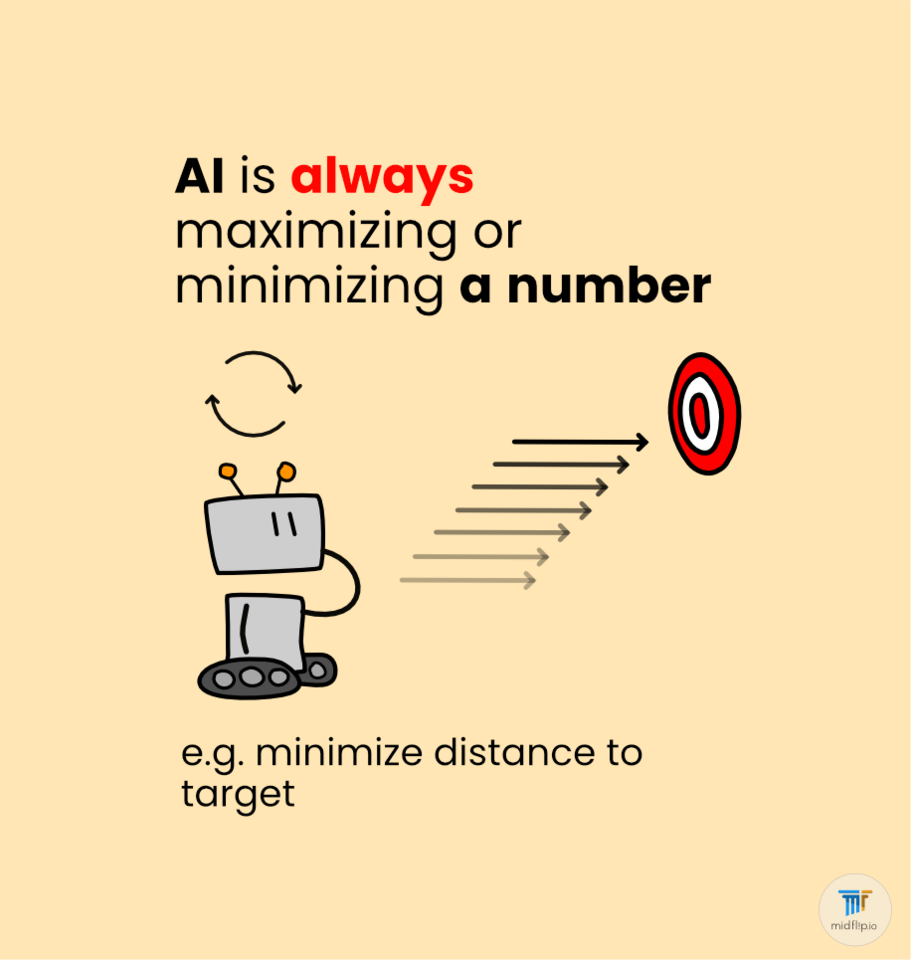Here we are summarizing the Gap Selling Framework presented in the book Gap Selling by Keenan. We are not summarizing the book chapter by chapter, instead we are finding the best way to present these ideas in a short and easy to read format. This is a collaborative text so if you feel you can improve it please submit an edit!
The core of gap selling is summarized in the picture below.
You have a person in a current state with a problem.
You have a future state where the person’s problem is solved.
The difference between current state and future state is the “gap” that you are selling.
This essentially says all selling is selling change. This is problematic because people hate change. They will only pay money for change if that change solves a well-defined and understood problem. The future state needs to be an obviously better state.
In the gap selling framework there is a detailed process where you act more like a consultant. You are working collaboratively with the customer.
Understand your customer’s industry better than they do. People buy from experts, not people they like.
Help the customer understand their current state.
Identify problems.
Help the customer visualize the future state.
Only after all of this do you begin to present your product. The product is always presented within the context of moving the customer from their current state to their future state.
IMO this framework works best if you are selling B2B and you have some creditability. Regardless it is a great framework with some hidden gems of knowledge.
Discovery
So, you have got an opening with a possible customer… what do you do? Be careful, the sale is won at the beginning, not the end.
First, do NOT talk about yourself. People do NOT care… and all of that information is on the internet. You are wasting time and risking triggering emotional resistance.
Instead, you want to dive into understanding the customer’s current state. Never assume you know their current state and problems. You want to explore it with them collaboratively. The more questions you ask early in the sale cycle - the higher your chances of making the deal.
Asking questions strategies
Demonstrate expertise by asking smart questions within the jargon of the industry.
Use probing questions: These are open-ended questions that explore details within their company setup. You should already know the broad steps. (“Tell me a little bit about…” “Help me understand…” “Please describe…” “Walk me through…”)
Use process questions: These are questions that ask: How do you x? in what specific steps?”
Use provoking questions: Ask open-ended questions that encourage customers to look at their current situation from a fresh angle. The goal is not to challenge the buyer, but rather to help them consider their issues in a new light. Some provoking questions you could try: What happens when you …? Has there ever been a time when …?
Use validating questions: Rather than asking open-ended questions, simply restate what the customer has shared with you to confirm you've accurately grasped what they've communicated. validating is a technique recommended by psychologists to build stronger interpersonal connections. You could say something along the lines of: A validating question might be something like, “What I hear you saying is …”, ”Am I understanding you correctly?” or “Did I get this right?”
During this process you are trying to collaboratively reveal the following information:
The facts on the ground - what related systems/ process are they using.
The technical problems - what issues are there with their systems. Your provoking questions should be uncovering these.
The business problems - All technical problems cause business problems - money lost, time wasted, opportunities missed etc.
The impact of these problems - If you can you want to try and quantify the impact of the problems above. This helps them imagine just how much better their future state will be.
This process of discovery is the majority of the selling process. You are throughout this process showing your expertise and providing true value. That’s why they want to continue to talk to you - you are helping them. Be an expert, not a friend.
By the end the customer should fully understand:
Their current state
The problems with their current state.
How that is impacting their business. Estimate in money lost if possible.
The possible future state without that problem.
Keep in mind that discovery is an ongoing process. As your customer brings additional decision-makers into the picture over time, you'll need to loop back and engage in discovery with each new stakeholder to understand their unique perspectives and needs.
Demo
Never do a demo without first doing discovery. Also, you should do the demo on a separate da…, you need time to prepare.
You need answers to the following questions BEFORE the demo.
Does the prospect have a problem you can fix?
Does the prospect agree they have a problem?
Does the prospect want to fix the problem?
Will the prospect go on a journey with you to fix the problem?
During the demo you should stick to six features or less. The point here is NOT to show the products various features, it is to reveal how well your product fixes your buyers specific problems.
Do not use the word: “if”. You should never have to say “If you have this problem, then…” This should have been all figured out already.
As you walk through your presentation, pause after demonstrating each feature to ask the prospect a question that reaffirms its value. For example, you might say: "How do you think this feature could help reduce your churn rate?" Encouraging your customer to verbalize the benefits of each feature keeps them engaged and helps them visualize how your solution can positively impact their future state.
Moving deals down the pipeline
To move deals down the pipeline concentrate on the following points.
-
Nail Down Decision Criteria
Ask the customer directly about their decision-making process and the most important factors influencing their choice.
Ensure that the customer's valued criteria align with their desired outcome.
Be aware that customers may undermine their future state by basing decisions on the wrong criteria.
Focus on helping the customer think through their motivations and goals, rather than steering them towards your own interests.
If needed, challenge the buyer by expressing confusion and referring back to their previous statements. Use the words “I’m confused. You said…”
-
Understand the Buying Process
Inquire about the company's specific buying process.
Average company deal has 6 decision makers involved!
Gain a clear understanding of all the steps the customer must follow before making a purchase decision.
-
Concentrate on the Next Yes
Recognize that each "yes" from the customer represents a renewed commitment to working with you.
Break down the sales process into smaller, incremental agreements that lead to the final sale.
Prioritize closing the smaller sales necessary to achieve the ultimate goal.
Additional Considerations:
Salespeople should evaluate their return on sales effort (ROSE) when allocating time and energy. Be willing to say no when appropriate.
The balance of power in a sales relationship evolves over time, starting with the salesperson having no power and needing to earn respect… but as you show expertise this should slowly alter.
Avoid providing pricing information until you have a thorough understanding of the customer's organization, challenges, and objectives.
https://salesgrowth.com/resources/
As always this is a midflip article, feel free to edit if you can improve. We will vote on any changes.



Hot comments
about anything